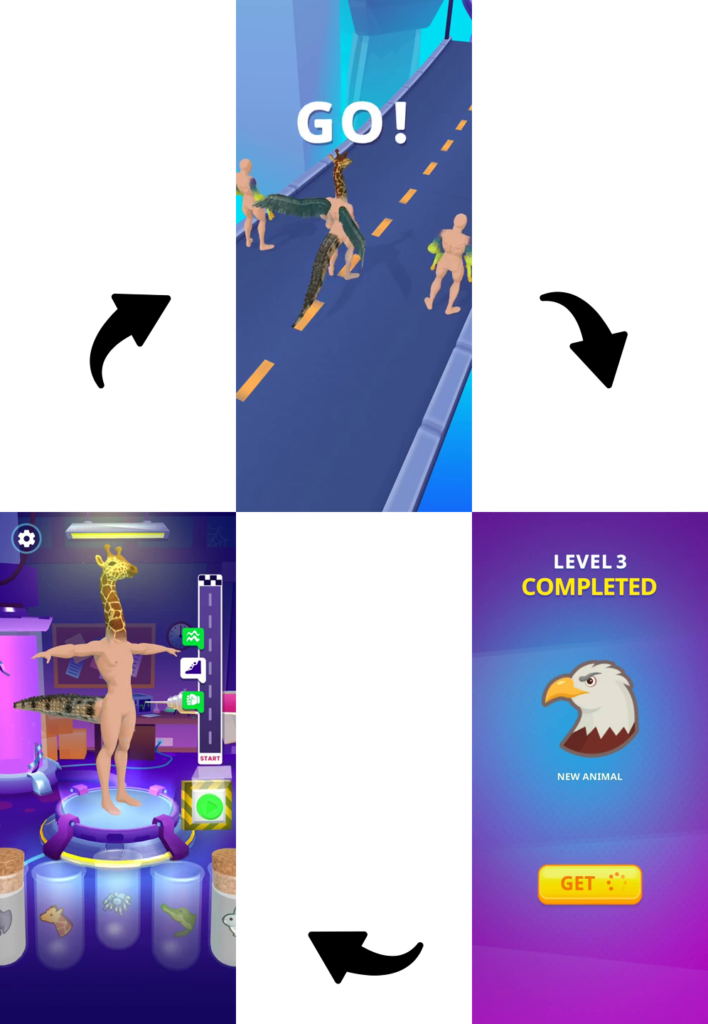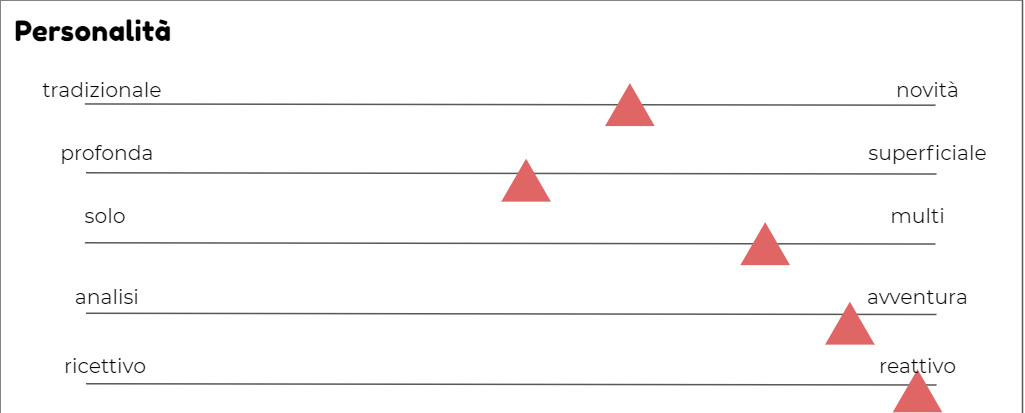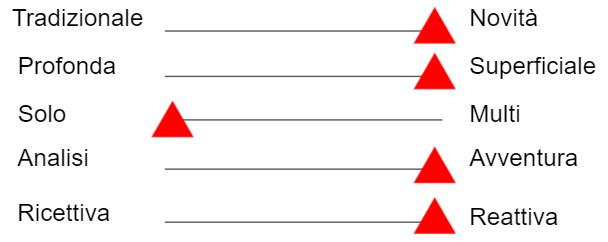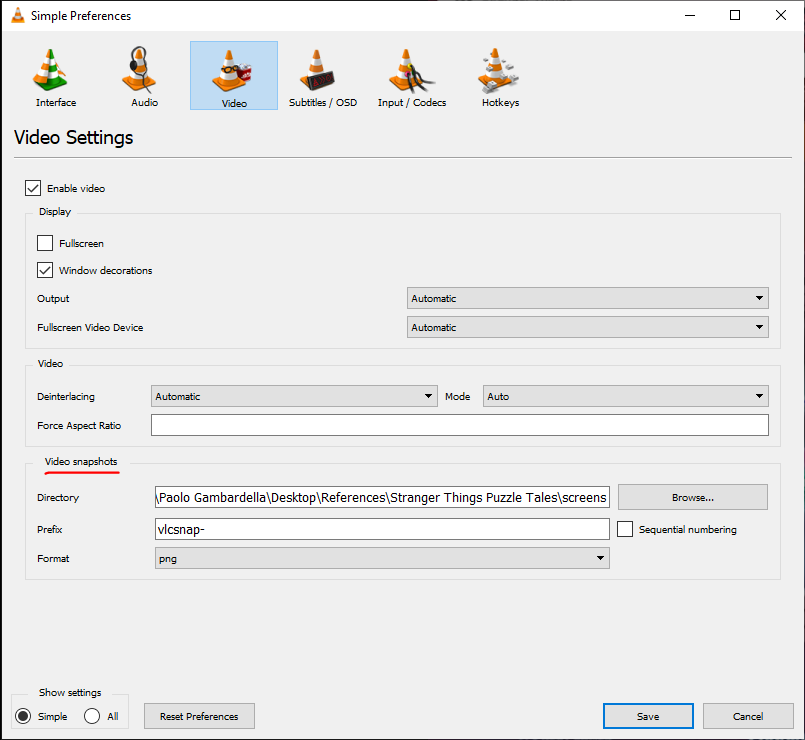I read this new report that covers many respondents from all around the globe. The research focuses on three kind of Players: veterans, returning players (players that were inactive before of the Pandemic and then reactivated) and new players.
In 2021 one fifth of Players are new players. The majority of those are women. We move toward a future with more gender equality. Veterans are more willing to spend for games, that is why we should consider all kind of audience.
Subscriptions and Metaverse
First considerations are regarding subscriptions. Especially in PC/Console market new players were attracted by subscription services. Most popular: Xbox Game Pass, PlayStation Now and Nintendo Switch Online. What is Steam waiting for?
TAKE 1: If you are making a game for any platform consider subscription as part of your monetization strategy.
Videogames confirmed their role of social media platforms. Social and multiplayer games are the most used platform after traditional social apps. Google offers also its personal definition of metaverse: virtual and persistent worlds that unlock creative spaces and identities for social human experiences.
Being able to create and customize your avatar is the single most important factor for Players. That means that the metaverse plays on the basic need of self-expression and triggers motivations that traditional social media are not capable to do (still).
TAKE 2: How does your game trigger self-expression?
Streaming and Platforms
Content streaming and live gameplays have become the second most important way of getting to know new games, after peers and family. Google says that looking at YouTubers and Twitchers is becoming part of the game’s experience.
TAKE 3: Create games that are fun to play online for other to watch and try to engage with content creators.
The future of games is not about a specific platform anymore. The biggest companies are investing for experiences that can be played from many devices and services. Look at Genshin Impact, check out the new projects from Zynga and study the Asphalt porting that Gameloft is doing to Xbox. The next take is clear.
TAKE 4: the future is not about which platform to develop for, but more about how let your Players to access to your game from every platform.
The report closes with the growing importance of Cloud gaming, especially in the American continent. If the chance to play the latest games from any device is interesting, I honestly believe that this conclusion is another way of Google to try relaunch Stadia. I honestly don’t see it at the moment.
Conclusions
The majority of new players will not stick with videogames after the pandemic. They will probably fade away. Some of them will become a veteran. It is important to consider different retention narratives for all the three kind of Players:
TAKE 5: The game can be the access door, the culture that creates around it will keep the Players coming back!




